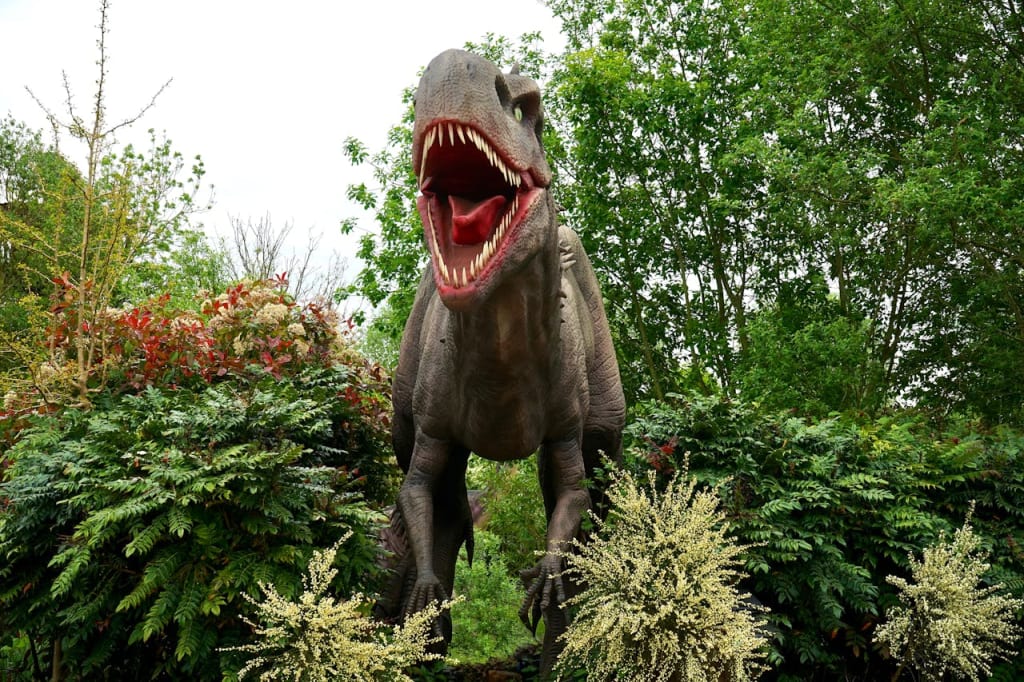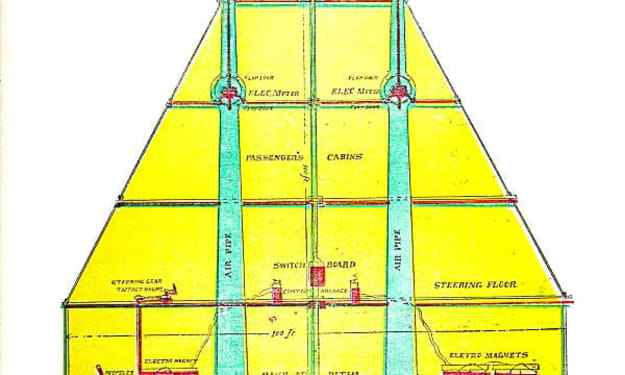
The Triassic Period, spanning approximately 50 million years from about 251 to 201 million years ago, marked a pivotal time in Earth's history. It followed the catastrophic Permian-Triassic extinction event, the most severe extinction event known in Earth's history, which wiped out about 96% of marine species and 70% of terrestrial vertebrate species. Despite this devastation, life rebounded during the Triassic, paving the way for the rise of the dinosaurs and the eventual dominance of reptiles on land.
Geology and Climate
Pangaea and Tectonic Activity
During the Triassic Period, Earth's continents were assembled into the supercontinent Pangaea, which had formed during the late Paleozoic era. Pangaea dominated the global landscape, with vast expanses of landlocked interiors and shallow epicontinental seas surrounding its margins. The configuration of Pangaea profoundly influenced global climate patterns and ocean circulation, contributing to the arid conditions prevalent during much of the Triassic.
Tectonic activity was rampant during this time, as Pangaea continued to undergo fragmentation. Rift valleys and basins developed, heralding the initial stages of the breakup of the supercontinent that would culminate in the formation of separate landmasses and the opening of new oceanic basins in the Jurassic and Cretaceous periods.
Climatic Variability
Triassic climates were generally warm and arid, with seasonal fluctuations and distinct wet and dry periods. However, regional climatic variations existed, with some areas experiencing more humid conditions due to proximity to coastlines or localized factors. The distribution of landmasses influenced atmospheric circulation patterns and precipitation, resulting in contrasting climates across Pangaea.
In the early Triassic, the climate was characterized by extreme fluctuations, with rapid warming following the Permian-Triassic extinction event. As the period progressed, temperatures stabilized, leading to more consistent climatic conditions globally. However, aridity remained a dominant feature of Triassic environments, particularly in continental interiors far from coastlines.
Life Forms
Flora
The Triassic saw the diversification and spread of plant life across terrestrial environments. Gymnosperms, including conifers, cycads, and ginkgoes, were the dominant plant groups during this time, adapting to a wide range of habitats from wetlands to arid plains. These plants played a crucial role in stabilizing soils, preventing erosion, and providing habitats for diverse fauna.
Fauna
Marine Life
Marine ecosystems underwent a period of recovery and reorganization following the Permian-Triassic extinction event. Early Triassic seas were initially characterized by low diversity, with marine reptiles such as ichthyosaurs and sauropterygians occupying top predator roles. However, marine life gradually rebounded, with the emergence of new species filling ecological niches left vacant by the extinction event.
Ammonoids, a group of cephalopods related to modern squids and nautiluses, experienced a radiation during the Triassic, diversifying into a wide array of forms adapted to various marine environments. Bivalves, gastropods, and other mollusks also underwent evolutionary radiations, contributing to the increasing complexity of Triassic marine communities.
Terrestrial Fauna
The Triassic witnessed the emergence of diverse terrestrial vertebrates, including reptiles, amphibians, and early mammals. Reptiles, in particular, thrived in the Triassic landscape, with several groups evolving adaptations that allowed them to exploit a range of ecological niches.
Archosaurs: One of the most significant evolutionary developments of the Triassic was the rise of the archosaurs, a group of reptiles that would eventually give rise to dinosaurs, crocodiles, and birds. Archosaurs were characterized by their upright stance, efficient bipedal locomotion, and often predatory habits. Early archosaurs such as Euparkeria and Proterosuchus were small, agile predators, while later forms like thecodonts and phytosaurs grew to large sizes and dominated terrestrial ecosystems.
Therapsids: Synapsids, a group of reptiles that includes modern mammals, underwent a radiation during the Triassic, with several lineages adapting to herbivorous or omnivorous diets. Therapsids such as cynodonts and dicynodonts were common during this time, occupying diverse ecological roles from burrowing insectivores to large herbivores.
Amphibians: Although their diversity had been severely reduced by the Permian-Triassic extinction event, amphibians persisted and diversified during the Triassic. Labyrinthodont amphibians, characterized by their robust skeletons and often large size, were common in freshwater environments, where they competed with reptiles for food and resources.
Triassic Events and Epochs
Early Triassic (251–247 million years ago)
The Early Triassic was a period of recovery and adaptation following the devastation of the Permian-Triassic extinction event. Life slowly rebounded, with new species emerging to fill vacant ecological niches. The climate was characterized by extreme fluctuations, with rapid warming and cooling events affecting global temperatures.
Middle Triassic (247–237 million years ago)
During the Middle Triassic, life underwent a phase of diversification and ecological innovation. Marine ecosystems continued to recover, with the emergence of new species of marine reptiles and invertebrates. On land, reptiles began to dominate terrestrial ecosystems, evolving adaptations that allowed them to exploit a wide range of habitats and prey.
Late Triassic (237–201 million years ago)
The Late Triassic was a time of significant environmental and evolutionary change. Pangaea began to fragment, leading to the opening of new oceanic basins and the separation of landmasses. Climatic conditions became increasingly arid, with widespread desertification in continental interiors. The stage was set for the rise of the dinosaurs and the eventual transition to the Jurassic Period.
Legacy of the Triassic
The Triassic Period laid the foundations for the modern Earth system, setting the stage for the evolutionary radiations that would define the Mesozoic Era. The rise of reptiles, particularly dinosaurs and their relatives, reshaped terrestrial ecosystems, leading to the emergence of new ecological communities and evolutionary innovations. The breakup of Pangaea during the Late Triassic initiated a period of geological and tectonic activity that would continue throughout the Mesozoic, shaping the landscapes and climates of Earth for millions of years to come.
In conclusion, the Triassic Period was a time of recovery, adaptation, and innovation following the catastrophic Permian-Triassic extinction event. Life rebounded, filling vacant ecological niches and laying the groundwork for the emergence of new evolutionary lineages. From the rise of reptiles to the fragmentation of Pangaea, the Triassic set the stage for the evolutionary and geological developments that would characterize the Mesozoic Era and shape the modern Earth.
About the Creator
Ekombe hau
Fictional stories writing and types of good narrative, histories science etc.
content creator in vocal media
lover of music
musical instrument Drummer
Master of psychology and counselling
Enjoyed the story? Support the Creator.
Subscribe for free to receive all their stories in your feed. You could also pledge your support or give them a one-off tip, letting them know you appreciate their work.






Comments
There are no comments for this story
Be the first to respond and start the conversation.